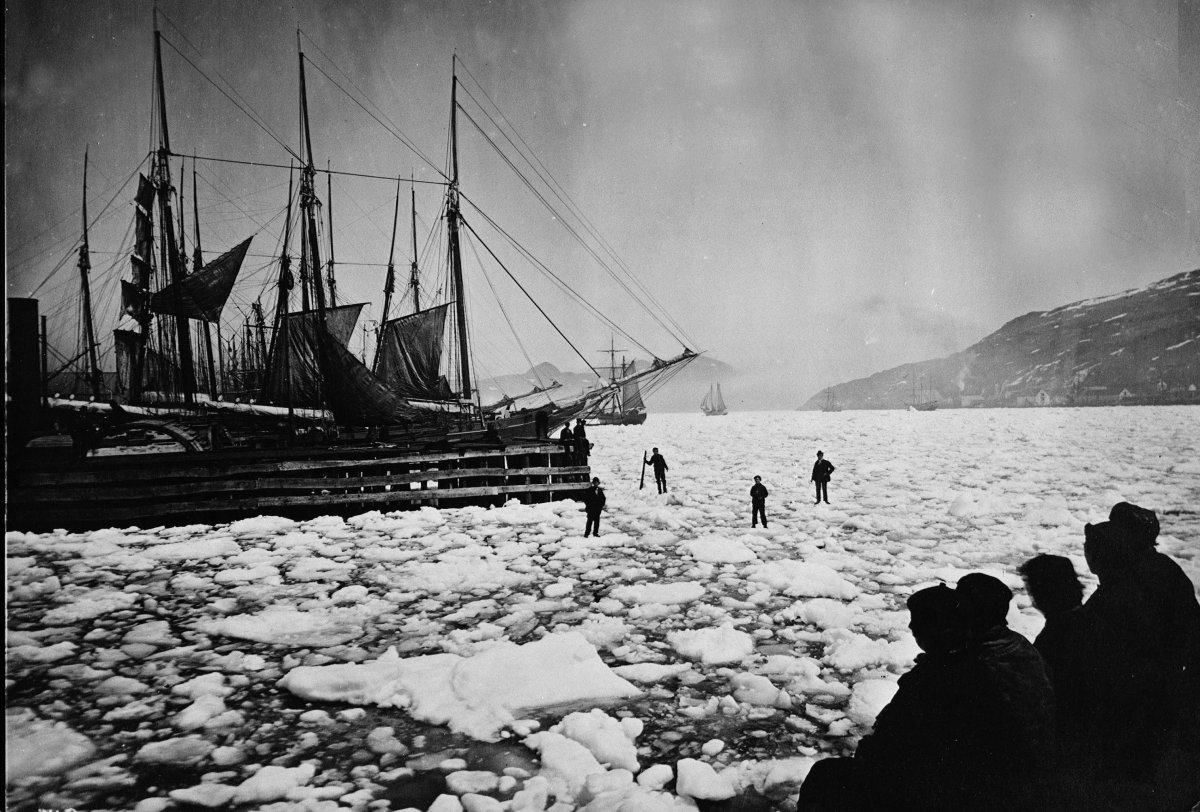A Newfoundland genealogist has stumbled onto a rare and mysterious DNA quirk that he says could tell the untold story of the island’s first European settlers.

David Pike, a mathematics professor and genealogist, said the rare mitochondrial DNA profile caught his attention over a decade ago when it began popping up frequently in test results for a Newfoundland and Labrador genealogy project.
The profile — called H5a5, plus another unnamed mutation – is likely European in origin.
It has appeared in about 10 per cent of the 264 people across the province who have supplied mitochondrial DNA for the online project.
READ MORE: Remains of two Beothuk people to be returned to Canada
Compared to thousands of results from other countries, however, it’s extremely rare.
Only a handful of people from Europe – fewer than 10 – have been found to test positive for the specific profile, and almost all those have roots in Newfoundland and Labrador.
Pike said the results point to a possible “founder effect,” where a biological trait becomes commonplace when passed down from a small group of colonizing ancestors.
Genealogy is often pursued as a way to trace one’s own family roots, but Pike said this particular mystery could speak to the heritage of much of the province.
Even if individuals don’t carry the profile themselves, they could still descend from it.
“You talk to individual people, they have their individual genealogical mysteries,” Pike said. “This is one that’s broader, it’s at the level of population genetics.”
Canada’s youngest province was home to some of North America’s earliest European exploration, but it took a long time for Europeans to settle permanently on what was then a very isolated island.
The Norse established a temporary settlement in L’Anse aux Meadows in the late 10th century, and John Cabot arrived in 1497, followed by Portuguese and French explorers.
The first British colonies were founded in the early 1600s, followed by the French, but Newfoundland had no sizable permanent settler population until after 1760, with an influx of English and Irish migrants whose descendants make up a large majority of the population today.
WATCH: Rottweiler and barnyard chicken’s unlikely friendship captured on video

The island’s original inhabitants, the Beothuk, are widely believed to have become extinct in 1829, but the island has a continuing Mi’kmaq presence.
Pike says the mitochondrial DNA that has caught his attention is matrilineal, and he suspects it came from a woman who travelled to Newfoundland around the early 1600s and had daughters, who then passed the mitochondrial DNA down to their daughters, and so on.
The first woman’s identity and country of origin could reveal a previously unknown settler population, or at the very least shed light on the story of an unwittingly influential ancestor, Pike said.
“I think if we could pinpoint the arrival, the time in Newfoundland and Labrador and maybe the place and time of departure, I think it would give us brand new insight into the peopling of Newfoundland,” he said.
Tracing any one person through centuries is a difficult task, but it becomes even more challenging when that ancestor is a woman.
Genealogists often study church records and other such documents to get a sense of who lived where and when, but Pike said many of these in Newfoundland and Labrador don’t date back much earlier than the 1800s.
READ MORE: DNA study finds that multiple groups populated Newfoundland thousands of years ago
Records of early settlements are scant, and documents that do mention a woman often refer to her only by her husband’s name.
Surnames make the hunt for a source of a mitochondrial DNA profile even trickier, given historically, European and early immigrant women to Newfoundland took their husband’s names.
Pike said the mystery could be solved with time, luck and a wider pool of curious participants.
If someone matching the profile could trace their roots back to an older region outside of Newfoundland, that could lead to more research into their family history, possibly pointing to the missing puzzle piece.
“Maybe there will be a parish record entry from … 1610 or something saying Jane Doe, whoever she was, left this parish for Newfoundland,” Pike said.
“It’s going to take luck for that entry even to exist. Finding it, if it exists, is another piece of luck.”
- What is a halal mortgage? How interest-free home financing works in Canada
- Capital gains changes are ‘really fair,’ Freeland says, as doctors cry foul
- Ontario doctors offer solutions to help address shortage of family physicians
- Budget 2024 failed to spark ‘political reboot’ for Liberals, polling suggests



Comments